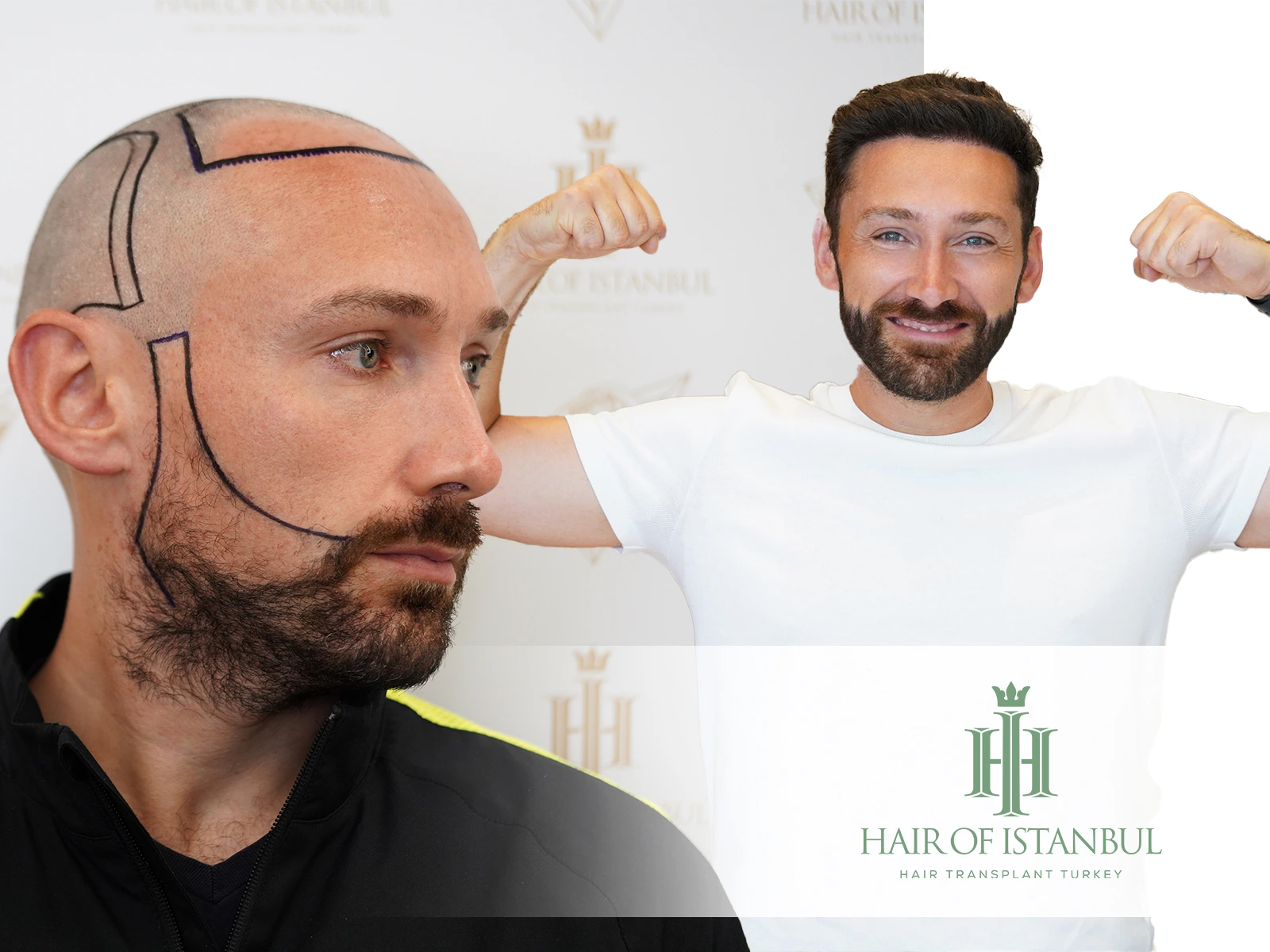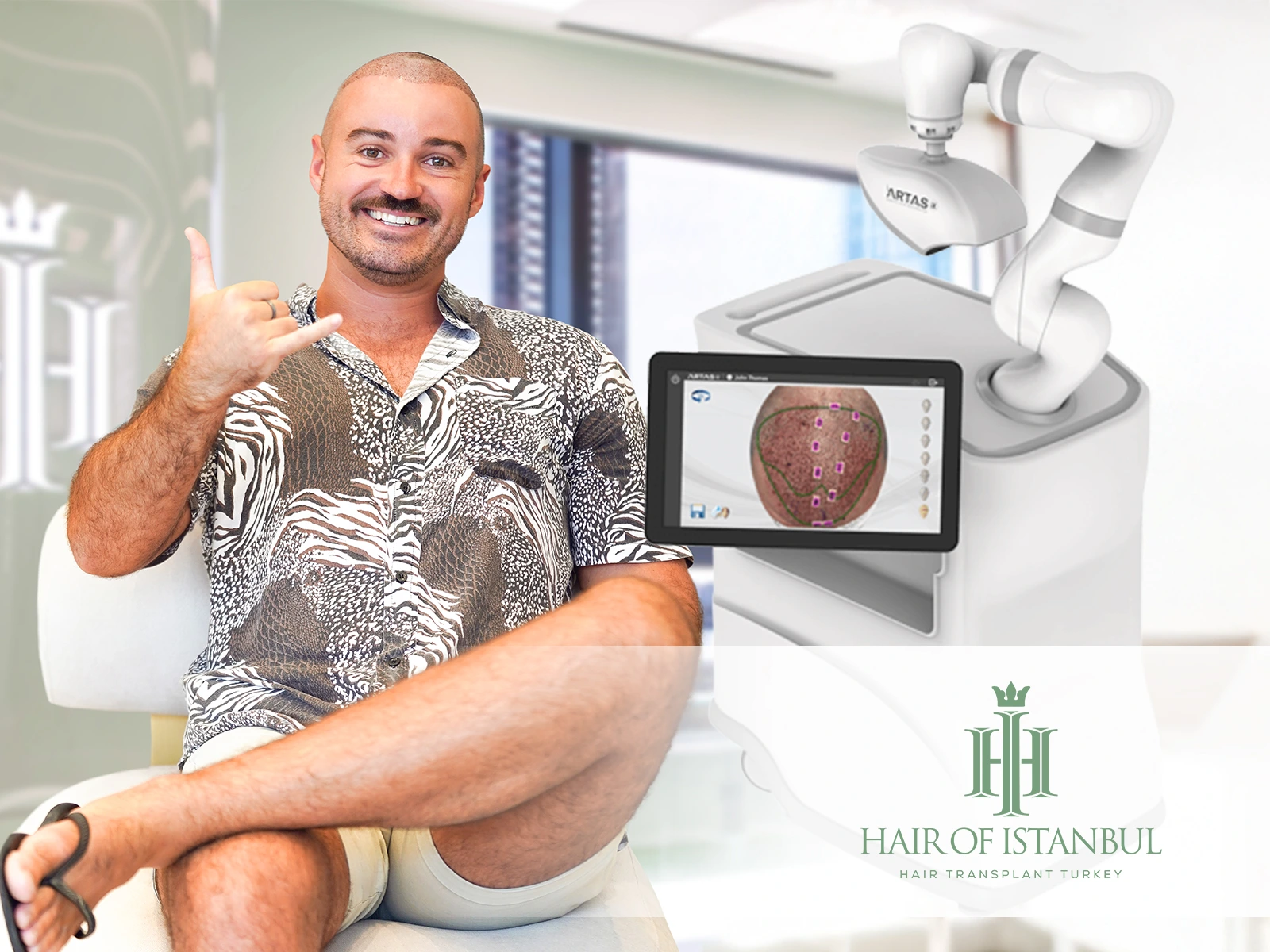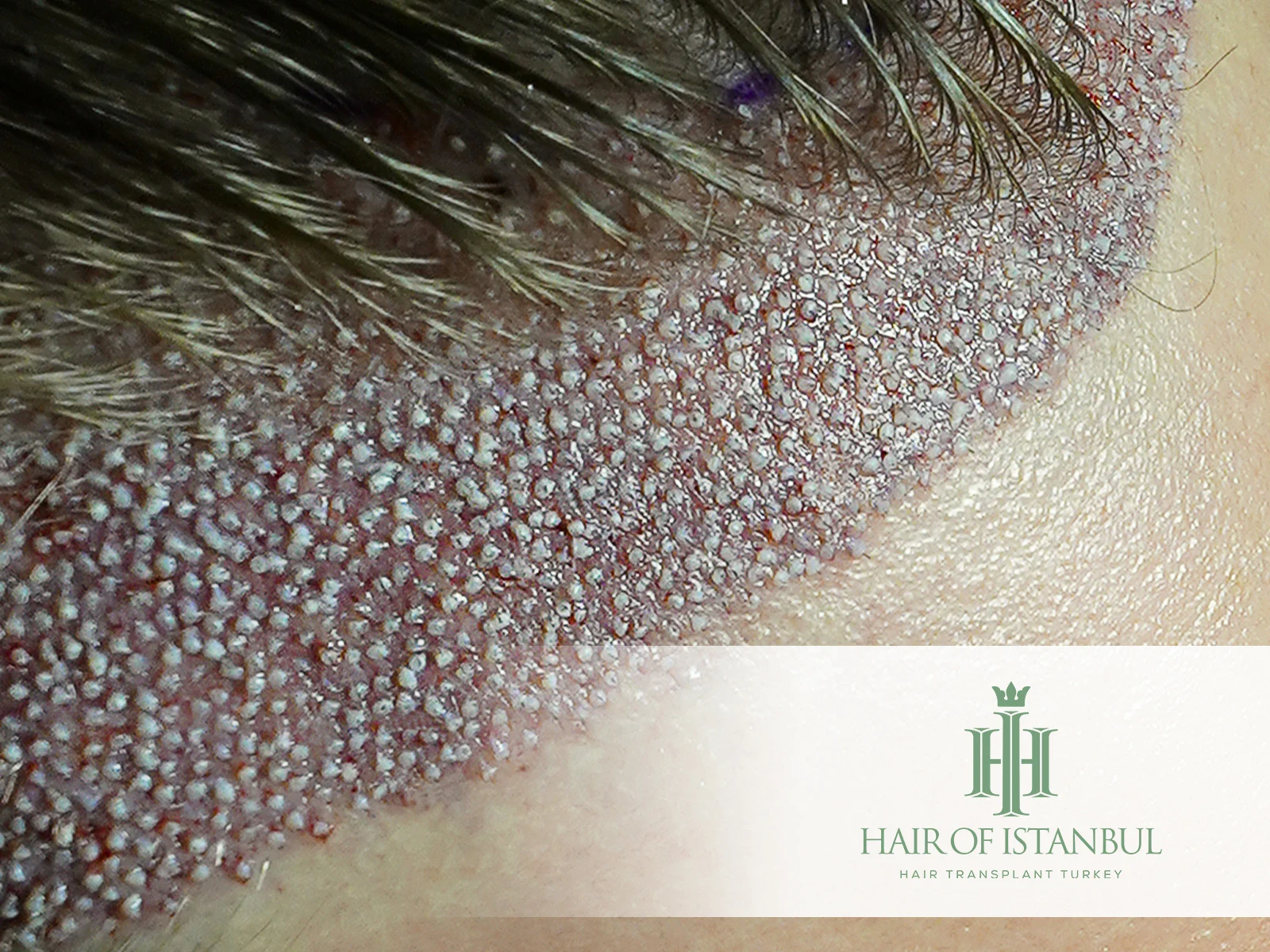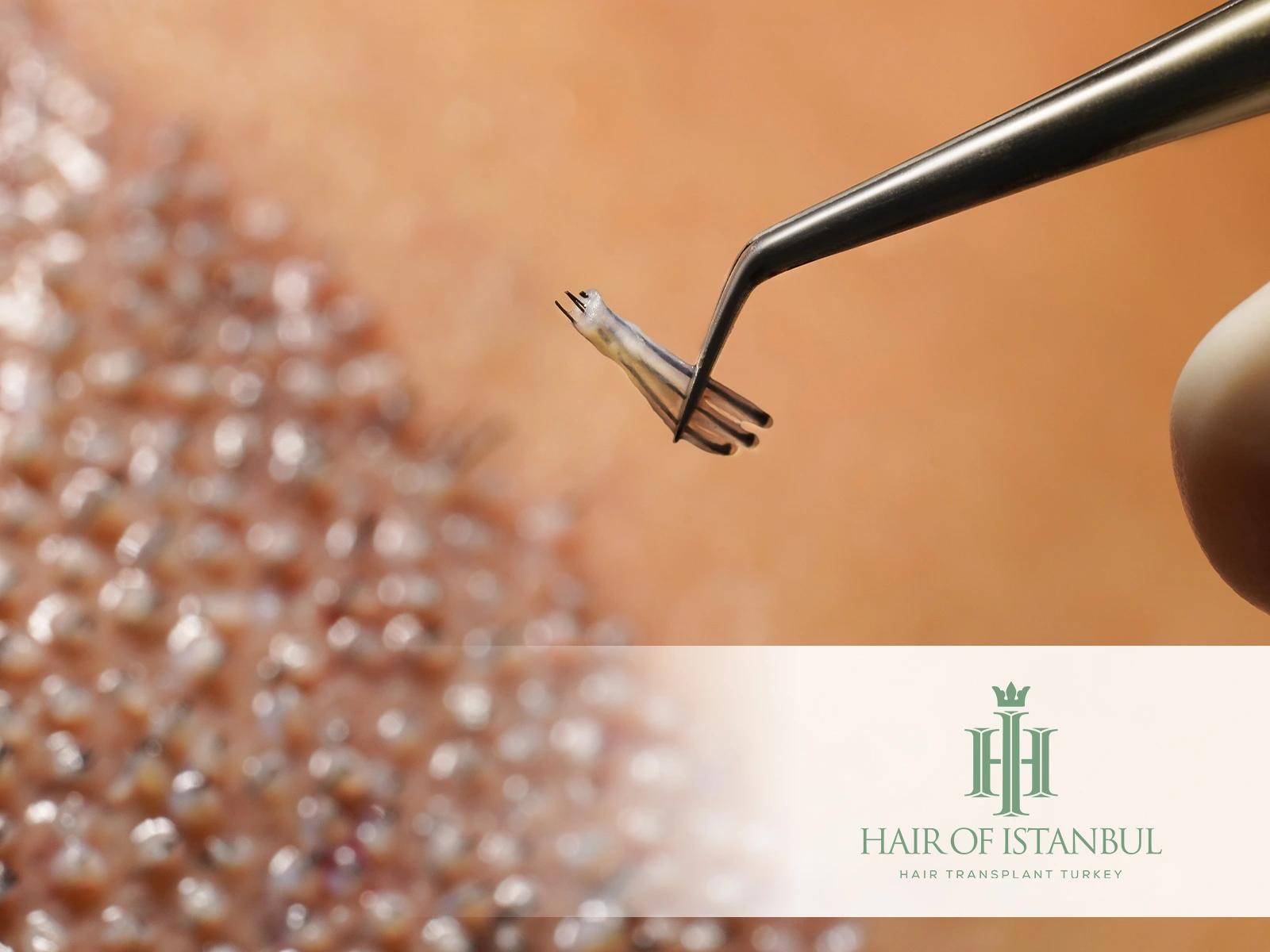Finasteride: Benefits, Side Effects, Uses and Much More
Navigating the landscape of hair loss solutions can often lead to a crossroads, with various paths to consider. Among these, finasteride emerges as a noteworthy option, offering hope and results for those facing the challenge of androgenetic alopecia, commonly known as male pattern baldness.
This medication, a 5-alpha reductase inhibitor, has garnered attention not only for its potential to revive hair growth but also for the discussions surrounding its use, effectiveness, and the spectrum of effects it may have on individuals. Embarking on a finasteride journey involves understanding its benefits, weighing potential side effects, and considering how it fits into the broader picture of hair loss treatments.
As we peel back the layers of this treatment option, it’s crucial to approach it with a balanced perspective, ensuring that the journey to healthier hair is both informed and safe. Join us as we delve into the intricacies of finasteride, shedding light on its uses, benefits, and the important considerations that come with it.
What Is Finasteride?
Finasteride operates by targeting the hormone believed to be responsible for hair thinning in men, serving as a pivotal treatment for male pattern hair loss. This condition manifests as a receding hairline or balding on the crown, and finasteride’s role is to inhibit the hormone production that leads to this hair loss. [1]
While effective in these areas, its efficacy in treating hair thinning at the temples has not been conclusively established. It’s important to note that this medication is specifically designed for male pattern hair loss and comes in tablet form, available only by prescription.
As per guidelines mentioned on official platforms like the United States government’s official website, finasteride’s impact on hair growth involves a precise hormonal intervention. Individuals considering this treatment should do so under the guidance of a healthcare professional, ensuring an informed approach to its use.
This medication is part of a broader treatment strategy for hair loss, offering a scientifically backed option for those dealing with the challenges of male pattern baldness.
How It Works?
Finasteride, a distinguished 5-alpha reductase inhibitor, specifically targets and obstructs the conversion of testosterone into dihydrotestosterone (DHT), a key androgen in male pattern hair loss. [2]
This action not only aids in preventing further hair loss but also encourages hair regrowth on the scalp. Research, including a study with 1879 men, has substantiated that daily doses of finasteride can significantly improve hair density, with these benefits persisting over extended treatment periods.
Also Read: How Many Hair Transplants Can a Person Have?
Benefits
Finasteride is a remarkable medication for individuals facing hair loss, with research backing its varied benefits. Here’s how finasteride can make a difference, according to studies: [3]
| Less Hair Thinning | Finasteride shields hair follicles from DHT, a hormone known to cause hair to weaken and thin out. This protection helps maintain the strength and thickness of your hair. |
| Slower Hair Loss | Regularly taking finasteride can significantly slow down hair loss, especially in patterns typically seen in male baldness, allowing you to retain more of your natural hair. |
| Revival of Inactive Hair Follicles | It breathes new life into hair follicles that have become inactive due to DHT. This means not just stopping hair loss, but also encouraging new hair to grow, helping to fill in thin spots. |
| More Hair Strands | Finasteride has been linked to an increased number of hair strands, making your hair look fuller and more voluminous. |
| Longer Growth Period for Hair | This medication extends the active growth phase of your hair, giving each strand more time to grow and become stronger, leading to healthier, longer hair. |
| Better Coverage of Scalp | With finasteride, you may notice that your scalp is better covered, thanks to thicker hair growth and a decrease in shedding, making bald patches less visible. |
*Remember, while these benefits are promising, finasteride should be used under the guidance of a healthcare professional to ensure it’s the right fit for your specific needs.
Side Effects
While finasteride is widely used for treating certain types of hair loss and prostate enlargement, it’s crucial to be aware of its potential side effects. [4]
Although not everyone experiences these side effects, and some may diminish as your body adjusts to the medication, it’s important to have a clear understanding of what to expect and when to seek medical advice.
| Common, Milder Side Effects | More Serious Side Effects |
| Decreased sexual interest | Clear or bloody discharge from the nipple |
| Inability to have or maintain an erection | Breast lumps or pain |
| Decrease in sexual ability, desire, drive, or performance | Swelling of the face, lips, or eyelids |
| Runny or stuffy nose | Hives or welts, itching, skin rash |
| Drowsiness or unusual drowsiness | Rapid weight gain |
| Sneezing | Swelling of the arms, hands, feet, or lower legs |
| Back pain | Inverted nipple |
| Decrease in the amount of semen | Persistent crusting or scaling of the nipple |
| Diarrhea | Redness or swelling of the breast |
| Dizziness | Testicular pain |
| Headache | Abdominal pain |
*It’s important to remember that while some side effects may not require medical attention and may go away as your body adapts to the medication, serious side effects should prompt an immediate consultation with your healthcare provider.
Also Read: When Can I Wash My Hair Normally After Hair Transplant?
How To Use Finasteride?
Finasteride tablets, primarily prescribed for treating male pattern hair loss, require a consistent and correct usage to achieve the desired results. Here’s a step-by-step guide on how to use finasteride tablets effectively for hair loss: [5]
- Dosage: Typically, the dose for hair loss is 1 mg once daily. It’s crucial to stick to this dosage unless your doctor advises otherwise.
- Consistency in Timing: Take your finasteride tablet at the same time every day. This helps maintain a steady level of the medication in your body.
- With or Without Food: You can take finasteride with or without food. Choose what suits your routine, but be consistent with your choice to help your body adjust to the medication.
- Swallow Whole: Swallow the tablet whole with a glass of water. Do not break, crush, or chew the tablet as it might change the way the medication is released and absorbed in your body.
- Patience with Results: Remember that it might take at least 3 months to notice any improvement. Hair growth is a slow process, and finasteride works over a significant period.
- Continuous Treatment: Be aware that stopping the medication might reverse the results. Hair loss can resume, and any regrown hair might eventually fall out.
- Handling Missed Doses: If you miss a dose, skip the missed one and proceed with your next dose at the usual time. Do not take two doses at once or extra doses.
Good Candidates
It’s essential to understand who makes a suitable candidate for this treatment and who might need to consider alternative options. Below is a table outlining the ideal candidates for finasteride use and those for whom the medication may not be suitable. [6]
| Who Should Consider Finasteride | Who Should Avoid Finasteride |
| Men with Diagnosed Androgenetic Alopecia: Individuals with a confirmed diagnosis of male pattern baldness are primary candidates. | Women and Children: Finasteride is not FDA-approved for use in women or children. Alternative hair restoration options should be explored. |
| Those Without Major Contraindications: Men without any absolute contraindications to this specific medication. | Individuals with Liver or Prostate Issues: Those with liver diseases or prostate complications should avoid finasteride, as it can potentially exacerbate these conditions. |
| Individuals Understanding of Side Effects: Candidates should be willing to accept the potential side effects that come with finasteride use. | Persons Seeking Short-Term Solutions: Those not willing to commit to potentially lifelong use may need to consider other treatments, as stopping finasteride can reverse its effects. |
| Those Who Have Explored Other Options: Ideal candidates may have tried other hair loss treatments (like minoxidil, laser, PRP, hair transplantation, SMP, and microneedling) but found them unsatisfactory. | Patients Seeking Immediate Results: Finasteride requires patience, as effects on hair growth may take several months to become noticeable. |
How Long Does Finasteride Take To Work?
Finasteride begins working at the molecular level as soon as it’s absorbed by the body, by reducing serum DHT levels approximately by 70%. This immediate action, however, doesn’t translate to instant visible changes. Hair growth is inherently slow, so tangible improvements on your scalp can take time to manifest. [7]
Typically, you might start to notice changes in hair density and slowdown in hair loss around three to four months after starting the treatment. The most significant enhancements often become evident after one year of consistent use. This delay is due to the natural hair growth cycle, requiring patience to see the full effects of the medication.
It’s important to maintain consistency with finasteride to achieve the best results. Skipping doses can impact the effectiveness of the treatment and may slow down the progress. Even if physical changes aren’t immediately apparent, it’s crucial to continue the treatment.
Stopping finasteride can lead to a resumption of hair loss. Keeping track of your hair’s progress through regular photos can be a helpful way to observe the gradual changes and stay motivated.
Most users see the true results of their commitment to finasteride treatment about a year after they begin. Remember, hair regrowth and reduction in hair loss are gradual processes, and finasteride plays a long-term game in managing androgenetic alopecia.
Also Read: Traction Alopecia: When Is It too Late? The Most Important Signs!
CONCLUSION
In concluding our exploration of hair restoration solutions, it’s imperative to emphasize that while medications like Finasteride may offer a temporary reprieve from hair loss, they fall short of providing a lasting solution. The momentary gains achieved with such treatments are often overshadowed by the inevitable return of hair loss upon cessation, underscoring their role as a transient measure rather than a definitive answer. Moreover, it’s important to recognize that the side effects of such medications can escalate to serious levels, further necessitating caution and a well-considered approach.
At Hair of Istanbul, we prioritize enduring results over fleeting remedies. We recognize that true confidence stems from solutions that stand the test of time. Hair transplantation is not merely an alternative but a cornerstone of our commitment to delivering permanent and transformative outcomes. This method is more than a treatment; it’s a profound statement of our belief in providing lasting solutions that truly meet the needs of those we serve.
Our ethos at Hair of Istanbul is rooted in a holistic approach, focusing on sustainable, long-term results. We are dedicated to empowering our patients with substantive solutions that address the core of their concerns. Hair transplantation at our facility is not just a procedure; it’s a journey towards reclaiming not just hair, but the confidence and essence of self. We are committed to ensuring that every individual who walks through our doors leaves with not just a new look, but a renewed outlook on life, fortified by the permanence and quality of the solutions we provide.
References:
- [1] NHS, Unknown Date – About Finasteride – https://www.nhs.uk/medicines/finasteride/about-finasteride/
- [2] Cleveland Clinic, Unknown Date – Finasteride Tablets (Alopecia) – https://my.clevelandclinic.org/health/drugs/19638-finasteride-tablets-alopecia
- [3] Scott McDougall, Jul 4, 2023 – What Is Finasteride Used For And What Does It Do? – https://www.theindependentpharmacy.co.uk/hair-loss/guides/finasteride-uses
- [4/5] Mayo Clinic, Unknown Date – Finasteride (Oral Route) – https://www.mayoclinic.org/drugs-supplements/finasteride-oral-route/side-effects/drg-20063819?p=1
- [6] Dr. Jeff Donovan, Oct 19, 2020 – Should I Start Finasteride for My Androgenetic Alopecia (AGA)? – https://donovanmedical.com/hair-blog/finasteride-aga
- [7] Vanessa Gibbs, Jan 18, 2024 – How Long Does Finasteride Take to Work? – https://www.hims.com/blog/how-long-before-finasteride-starts-working







